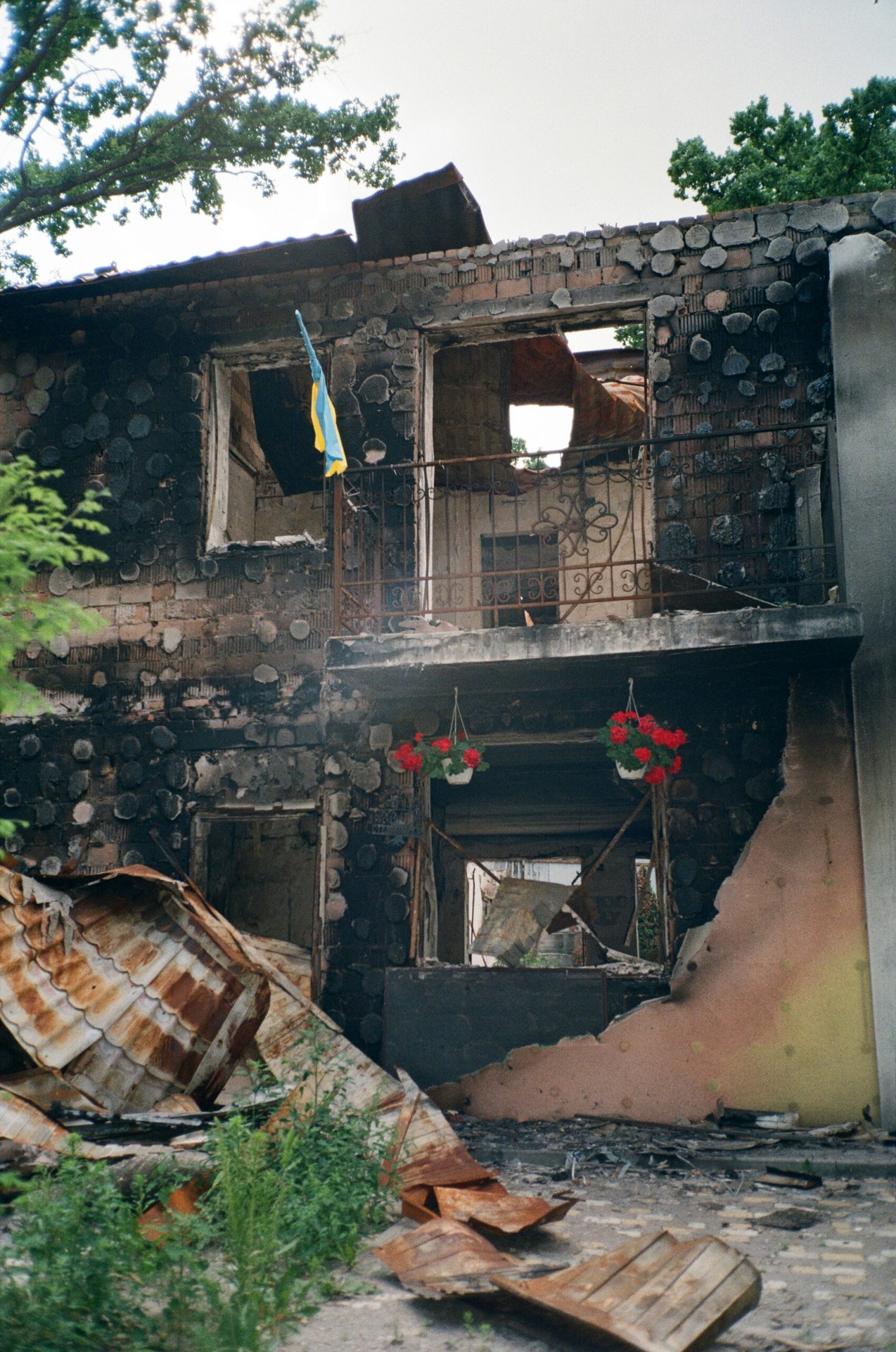
In a significant escalation of hostilities, Russian forces have launched deadly attacks on major Ukrainian cities, killing at least 12 people, as Ukrainian President Volodymyr Zelenskyy prepares for crucial peace talks in Washington, D.C. The talks, which also involve US President Donald Trump and key European leaders, aim to resolve the ongoing conflict that has now entered its fourth year.
Key Facts
- Recent attacks in Kharkiv resulted in the deaths of an entire family, including a toddler and a 16-year-old, with a total of 20 people injured, six of whom are children.
- In the Donetsk region, fierce ground battles continue, with Russian forces killing five and injuring four more.
- Zaporizhzhia and other regions such as Sumy and Odesa were also targeted, with 17 people injured in Zaporizhzhia alone.
- The Ukrainian air force reported that 140 drones and four missiles were launched by Russian forces overnight, with 88 drones being intercepted.
- According to the United Nations, the past month saw 2,600 drone attacks by Russia, marking the highest rate since the war began, resulting in over 300 civilian deaths.
Background
The attacks came as President Zelenskyy, along with a delegation of European leaders, landed in the US capital for negotiations that could potentially decide Ukraine’s future. This diplomatic effort is seen as pivotal in trying to end a conflict that has not only devastated regions within Ukraine but also significantly strained international relations.
The strategic timing and intensity of the Russian attacks appear to be aimed at influencing the negotiations, with Zelenskyy condemning these acts as ‘demonstrative and cynical’. These developments occur in the backdrop of a recent summit between Trump and Russian President Vladimir Putin, which concluded without substantial progress, thereby increasing the stakes of the current talks.
Official Reactions
Ukrainian military officials have reported significant Russian military activity, including the targeting of civilian areas and infrastructure. In retaliation, Ukrainian forces conducted a drone strike on an oil pumping station in Russia’s Tambov region, leading to a temporary halt in oil pumping through the Druzhba pipeline.
Amid these tumultuous events, air raid sirens were heard across Kyiv, triggered by the detection of a Russian MiG-31 aircraft, reportedly equipped with Kinzhal hypersonic missiles. This escalation in military tactics by Russia highlights the severe impact on civilian life and infrastructure, prompting international concern and calls for a resolution.
What’s Next
The ongoing talks in Washington are critical, as they involve discussions about possible land concessions and security guarantees essential for any peace agreement. Zelenskyy has been firm on not ceding Ukrainian territory, a stance supported by the Ukrainian Constitution, making the negotiations complex and fraught with geopolitical tension.
The outcomes of these discussions could significantly alter the course of the conflict, potentially leading to a ceasefire or a continuation of hostilities, depending on the concessions and agreements reached by the involved parties.